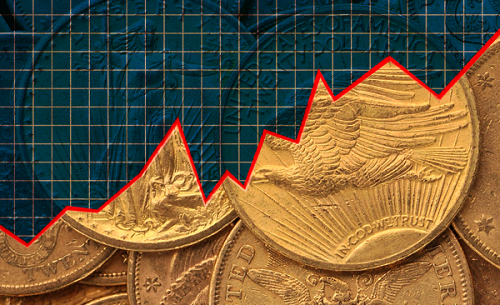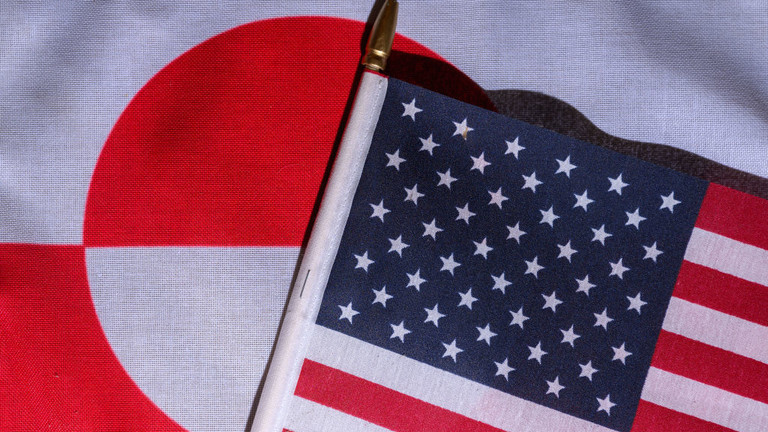This article was contributed by The Wealth Research Group.

Born in 1954 in what was then a six-year-old country to parents who migrated from Europe before and after the big war, this gentleman, then just a little boy in the early 1960s was introduced to the world of poverty and strict household budget, where every dollar counts.
His father went to work seven days a week, building a small fabrics business for furniture and car seats.
It was a very difficult time, coming out of WW2, but opportunities for growth were everywhere to be had. After all, nothing was developed yet in this young country, surrounded by nations, which didn’t really want it to succeed.
Severe busts are the authors of an epic boom, by definition, so the end of WW2 served as a launchpad for this generation.
This little boy shared one room with his two siblings in a small apartment and learned the value of being close with his family members and in harmony with those with whom one shares a household.
By the time he was 35 he struck out on his own and went into business for himself, leaving the nest of the family fabrics business. He failed in his solo venture. Though he enjoyed success at first, the rise of China’s exports to his native country killed his competitive advantages {importing from China decimated local manufacturers} and he didn’t adapt quickly enough. At 43, he was bankrupt. At the time, his son, then 13, was told that he must earn money for himself, if he wanted something out of this world.
Because of his young age, he focused on and was attracted to providing services, since he could not produce any goods. He began babysitting and tutoring the first-graders at basketball fundamentals — he even worked as a salesperson at an outlet clothing store.
He didn’t spend much of what he earned, though, so that by the age of 16 he had a bank account with savings in it.
While his father was careless with expenses, the young boy was obsessed with saving and making sure he was smart about spending and investing his money.
By June of 2000, the market’s tech bubble was bursting quickly and violently; valuations became sensible right around the time this then-16-year-old was talked into investing his savings in equities. As he was a minor, his parents signed a waiver to allow this to happen.
Twenty-one years later, at the present day, the father still has not recovered from his bankruptcies and now suffers from severe health issues, including needing dialysis three times a week, while his son, who will be celebrating his 37th birthday next month, assists his father and mother financially and makes sure to take care of his folks.
The soon-to-be-37-year-old began accumulating gold and silver when he was 26 after the Great Financial Crisis made it clear to him that precious metals are critical; and one day, he will give those gold and silver Eagles to his own children.
In three weeks, his physical precious metals holdings will change their definition from tier-3 assets to the risk-free tier-1 type.
On June 28th, gold will go back to its true calling of being the most natural and pure form of money, according to Basel III regulations.
This soon-to-be-37-year-old individual is yours truly; my father and mother (may they live long lives) are broke, unfortunately, after a combined 140 years on this planet.
Gold is switching lanes, becoming a tier-1 asset, and holding it in physical form is the ultimate meal ticket for those who appreciate the statistical assurance that all fiat currencies eventually go back to their intrinsic value, which is zero.










0 Comments